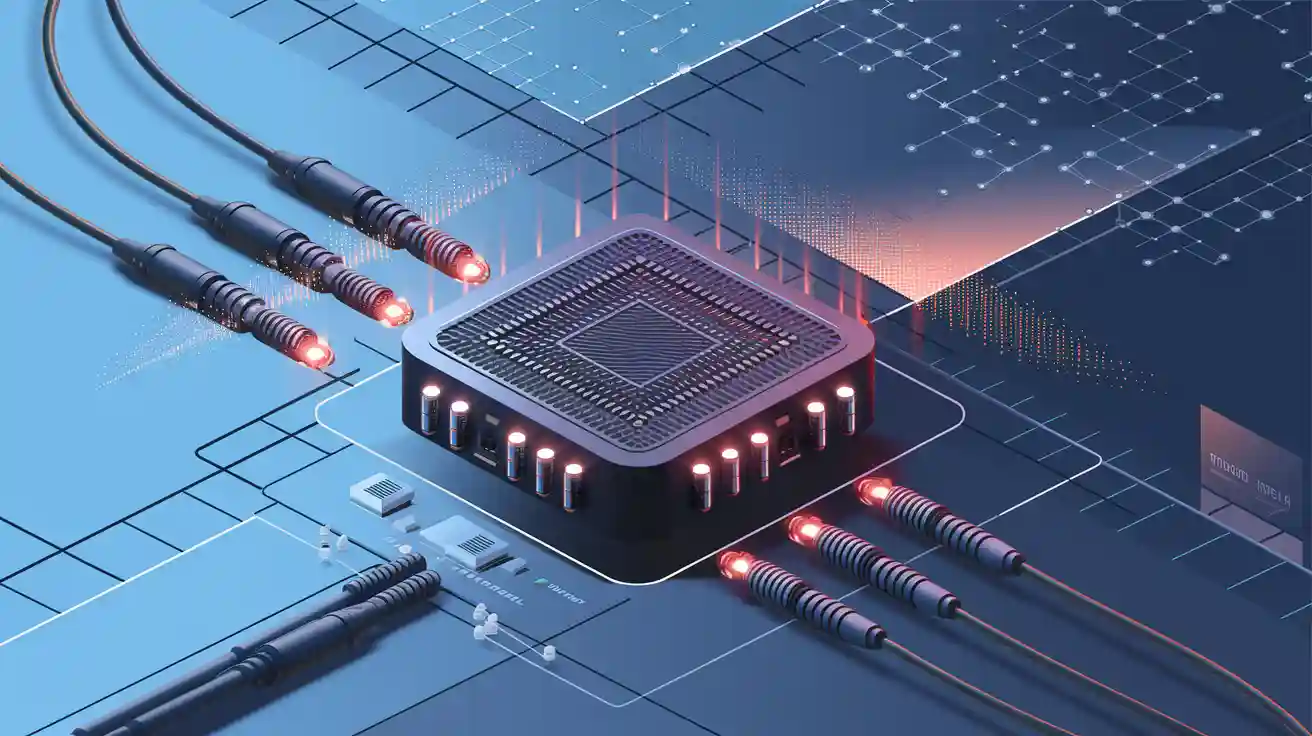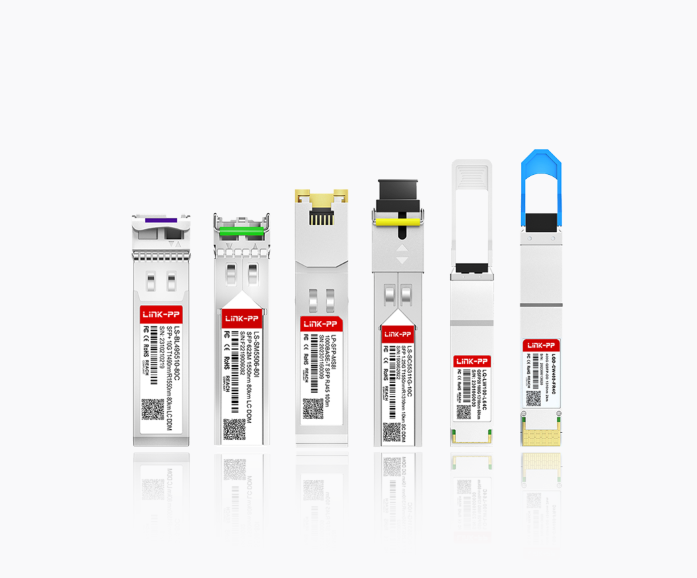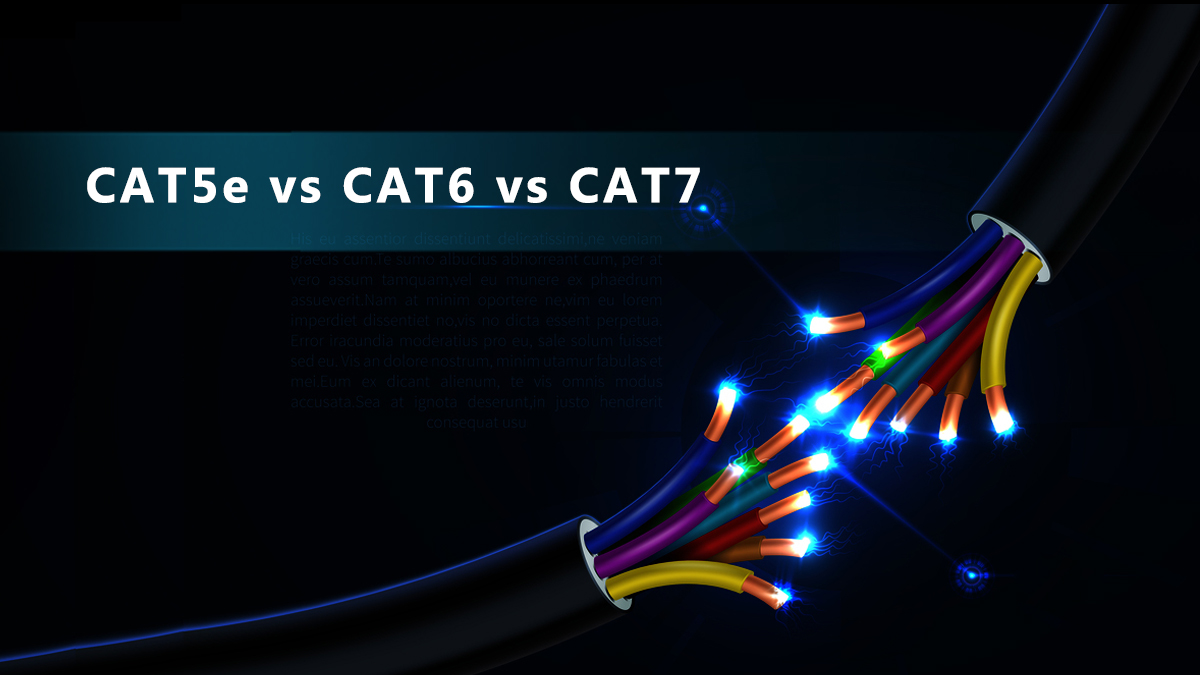
Optimize Your Network with the Right Patch Cable for Speed, Performance, and Future-Proofing
Choosing the right Ethernet patch cable, such as CAT5e vs CAT6 vs CAT7, impacts your network's performance. If you need a budget-friendly option for basic tasks, CAT5e fits the bill. For faster speeds and better reliability, CAT6 offers a noticeable upgrade. When you require top-tier performance for demanding setups, CAT7 ensures maximum efficiency and future-proofing for your network.
This guide explores the differences between CAT5e, CAT6, and CAT7 cables, and explains how LINK-PP’s RJ45 magnetic connectors seamlessly integrate with each to deliver robust connectivity across applications.
CAT5e vs CAT6 vs CAT7: Key Differences
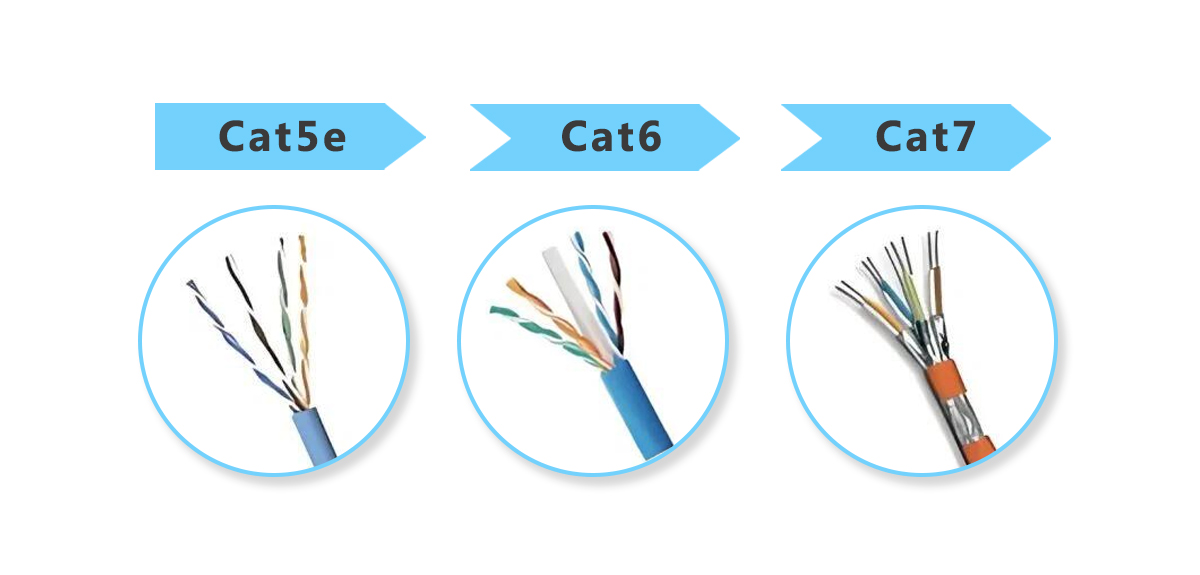
Parameter | CAT5e | CAT6 | CAT7 |
|---|---|---|---|
Bandwidth | 100 MHz | 250 MHz | 600 MHz |
Max Data Rate | 1 Gbps | 1 Gbps / 10 Gbps | 10 Gbps |
Max Distance at Max Speed | 100 meters (328 ft) | 100m @1 Gbps / 55m @10 Gbps | 100 meters (328 ft) |
Shielding | UTP | UTP/STP | S/FTP |
Typical Use Cases | Home networks, small offices | Business networks, gaming, streaming | Data centers, high-EMI environments |
Note: UTP = Unshielded Twisted Pair, STP = Shielded Twisted Pair, S/FTP = Shielded Foiled Twisted Pair
CAT5e: The Budget-Friendly Standard
CAT5e (Category 5 Enhanced) improves on older CAT5 cables by reducing crosstalk and supporting Gigabit Ethernet. It remains a solid option for basic network needs.
Key Benefits:
Cost-effective and widely available
Supports up to 1 Gbps over 100 meters
Easy to install
Best For:
Basic home internet and streaming
Small offices with light network usage
CAT6: Faster Speed with Better Crosstalk Control
CAT6 cables deliver higher performance than CAT5e, especially in environments with multiple devices or higher bandwidth demand. It can handle 10 Gbps at shorter distances.
Key Benefits:
Higher data rates (10 Gbps up to 55m)
Improved shielding and reduced crosstalk
Ideal for moderate-to-high network loads
Best For:
Gaming and 4K video streaming
Small to mid-sized business networks
Environments with some EMI
CAT7: Enterprise-Grade Shielding and Speed
CAT7 cables are built for professional networking environments. With double shielding (S/FTP), they significantly reduce interference and maintain 10 Gbps performance over 100 meters.
Key Benefits:
Superior shielding against EMI/RFI
High bandwidth: 600 MHz
Reliable 10 Gbps over full length (100m)
Best For:
Industrial settings and data centers
Backbone cabling in large facilities
High-interference or high-security networks
Choosing the Right Solution for Your Network
Use Case | Recommended Cable | Suggested LINK-PP Connector |
|---|---|---|
Home or small office setup | CAT5e | RJ45 10/100/1000 Base-T Magnetic Connector |
Medium business or gaming | CAT6 | RJ45 1G/2.5G PoE+ Integrated Connector (Shielded) |
Enterprise/data center | CAT7 | RJ45 10G EMI-Proof Connector with Internal Magnetics |
📌 Always match the shielding type of your cable with compatible RJ45 connectors for best results.
Choosing the Right Ethernet Patch Cable
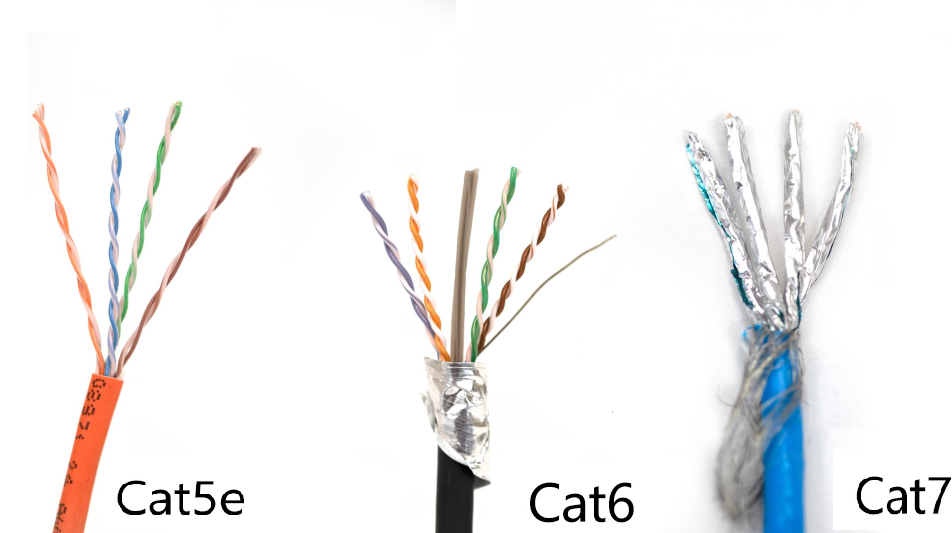
Speed and Bandwidth Needs
As data transmission demands grow—driven by online gaming, 4K streaming, IoT, and data centers—selecting the right Patch cable becomes more critical.
CAT6 and CAT7 support higher speeds and bandwidth than CAT5e, making them better suited for high-performance tasks.
Device Compatibility
Most modern devices support CAT5e, CAT6, and CAT7.
While CAT7 uses GG45 connectors, it's still backward-compatible with standard RJ45 ports.
For older devices, CAT5e or CAT6 may be more appropriate. Always check your device's specifications.
Budget Considerations
Your budget should align with your performance needs:
Cable Type | Cost Level | Use Case |
|---|---|---|
CAT5e | Low | Basic home/office networks |
CAT6 | Medium | Gaming, streaming, SMBs |
CAT7 | High | Data centers, high-EMI areas |
Future-Proofing Your Network
To support future technologies like 5G, AI, and the growing number of IoT devices, it’s smart to invest in high-performance cabling now.
CAT6 and CAT7 offer better shielding, speed, and durability—ensuring your network is ready for what's next.
Here’s a quick summary to help you decide:
Cable Type | Performance (Data Transfer Speed) | Application Benefits |
|---|---|---|
CAT5e | Up to 1 Gbps | Suitable for basic networking needs, cost-effective for home use. |
CAT6 | Up to 10 Gbps | Ideal for high-speed applications, supports video streaming and gaming. |
CAT7 | Up to 10 Gbps and beyond | Provides enhanced shielding, suitable for data centers and enterprise-level applications. |
Decision Tips:
Budget matters? → Go for CAT5e.
Need better speed & future-proofing? → Choose CAT6.
Have high EMI or professional needs? → Invest in CAT7.
Conclusion
While CAT5e, CAT6, and CAT7 cables all have their use cases, your choice depends on bandwidth requirements, budget, and future-proofing needs. Equally important is selecting the right RJ45 connector to ensure optimal compatibility and performance.
LINK-PP doesn’t manufacture Ethernet cables, but we specialize in the high-performance RJ45 connectors that power networks built on these cables. Our products are widely used in telecom, servers, routers, PoE devices, and smart IoT systems worldwide.
FAQ
Q: Can I mix CAT5e and CAT6 cables in the same network?
Yes! All categories are backward-compatible, but speeds will default to the lowest-rated cable.
Q: Why should you upgrade from CAT5e to CAT6 or CAT7?
Upgrading improves speed, reduces interference, and supports modern devices. CAT6 and CAT7 handle higher bandwidth, making them ideal for gaming, streaming, and future-proofing your network.
Q: Why is shielding important in Ethernet cables?
Shielding minimizes interference from nearby devices or cables. It ensures stable connections, especially in environments with high electromagnetic activity, like offices or data centers.
Q: How do I identify cable categories?
Check the printing on the cable jacket (e.g., “CAT6”). Color and thickness are unreliable indicators.


